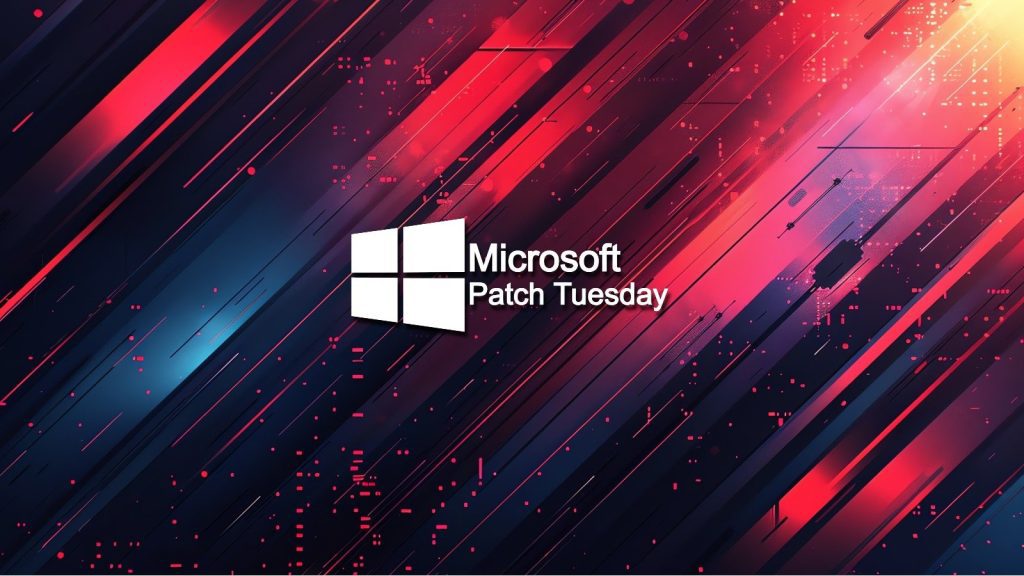Vulnerabilities Overview
This document summarizes various vulnerabilities reported for Microsoft products, detailing their CVE IDs, titles, and severity levels. The vulnerabilities span a range of services and applications, impacting both the .NET framework and various Windows components.
Critical Vulnerabilities
Several critical vulnerabilities have been identified. CVE-2025-0033 pertains to AMD regarding RMP corruption during SNP initialization, classified as critical. Additionally, CVE-2025-49844 indicates a potential remote code execution possible through a use-after-free scenario in Redis, also marked as critical.
Important Vulnerabilities in Microsoft Products
A multitude of important vulnerabilities have been documented. For instance, CVE-2025-55247 identifies an elevation of privilege flaw in .NET, while CVE-2025-47989 addresses a similar issue in the Azure Connected Machine Agent. Moreover, CVE-2025-11213 involves an improperly implemented feature in Chromium affecting Microsoft Edge.
Information Disclosure Risks
Information disclosure vulnerabilities are another major concern. CVE-2025-59218, affecting Azure Entra ID, shows an elevation of privilege risk. The Windows Credential Manager and Windows Error Reporting services also highlighted information disclosure weaknesses, posing security threats to user data.
Denial of Service Vulnerabilities
Denial of service vulnerabilities have also been identified across services. For instance, CVE-2025-59190 indicates a potential denial of service in the Windows Search Service, while CVE-2025-59197 affects the Windows ETL Channel, potentially impacting service availability.
Specific Application Vulnerabilities
Applications like Microsoft Office and Visual Studio also have reported vulnerabilities. Notable CVEs include CVE-2025-59227 and CVE-2025-59229, both indicating remote code execution vulnerabilities present in Microsoft Office products. Similarly, Visual Studio has vulnerabilities linked to privilege escalation (CVE-2025-55240).
Ongoing Impact and Recommendations
The severity of these vulnerabilities underscores the importance of timely updates and monitoring systems for potential exploitation. Users are urged to apply necessary patches and updates to maintain system security. Regular audits and vulnerability assessments can further mitigate risks associated with these vulnerabilities.
Conclusion
Staying informed about potential vulnerabilities and the criticality associated with them is vital. Organizations should focus on implementing robust security measures and ensuring regular updates to safeguard against these threats, particularly those classified as critical or important.
This structured HTML format maintains the core information about the vulnerabilities while grouping them logically for better readability.



